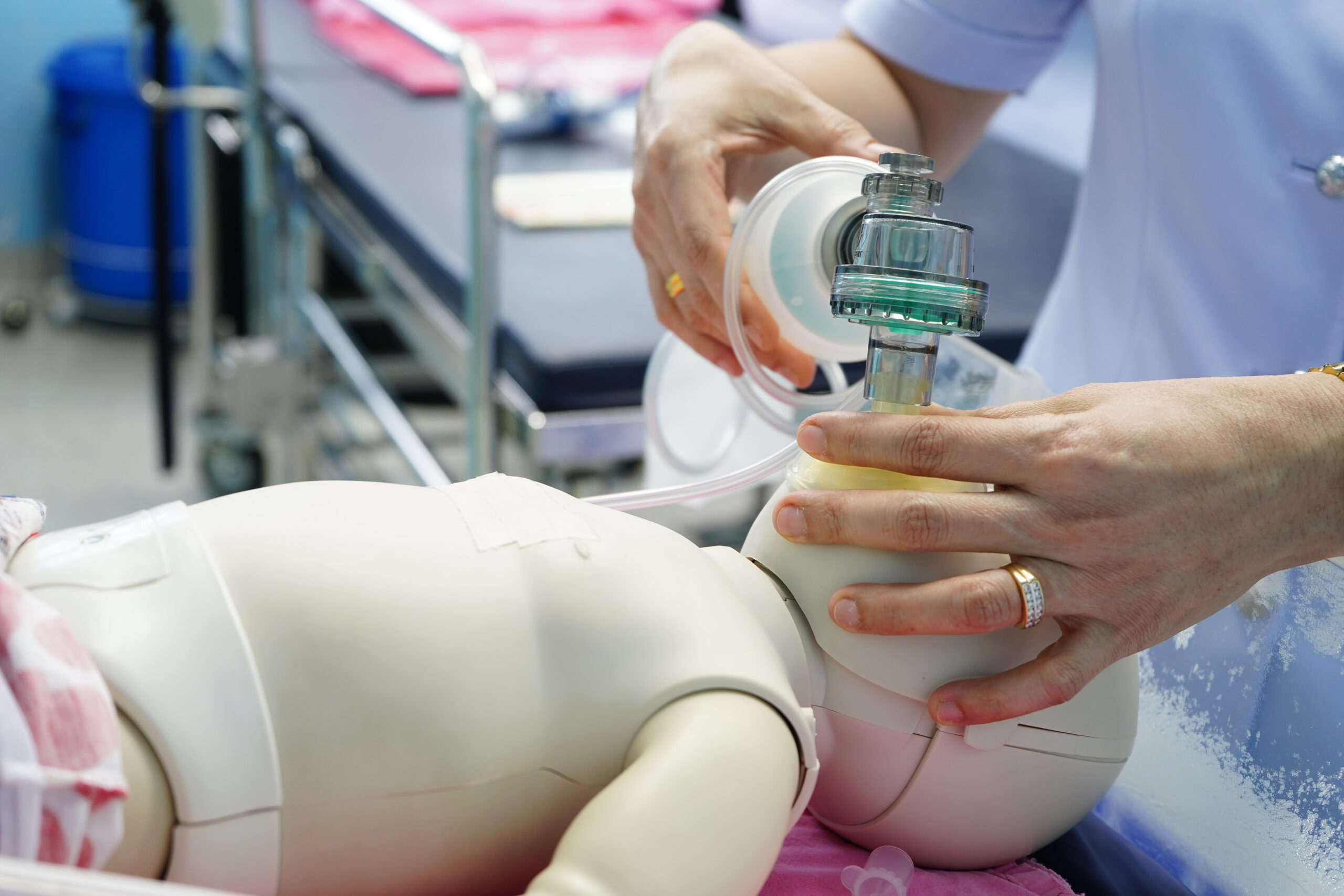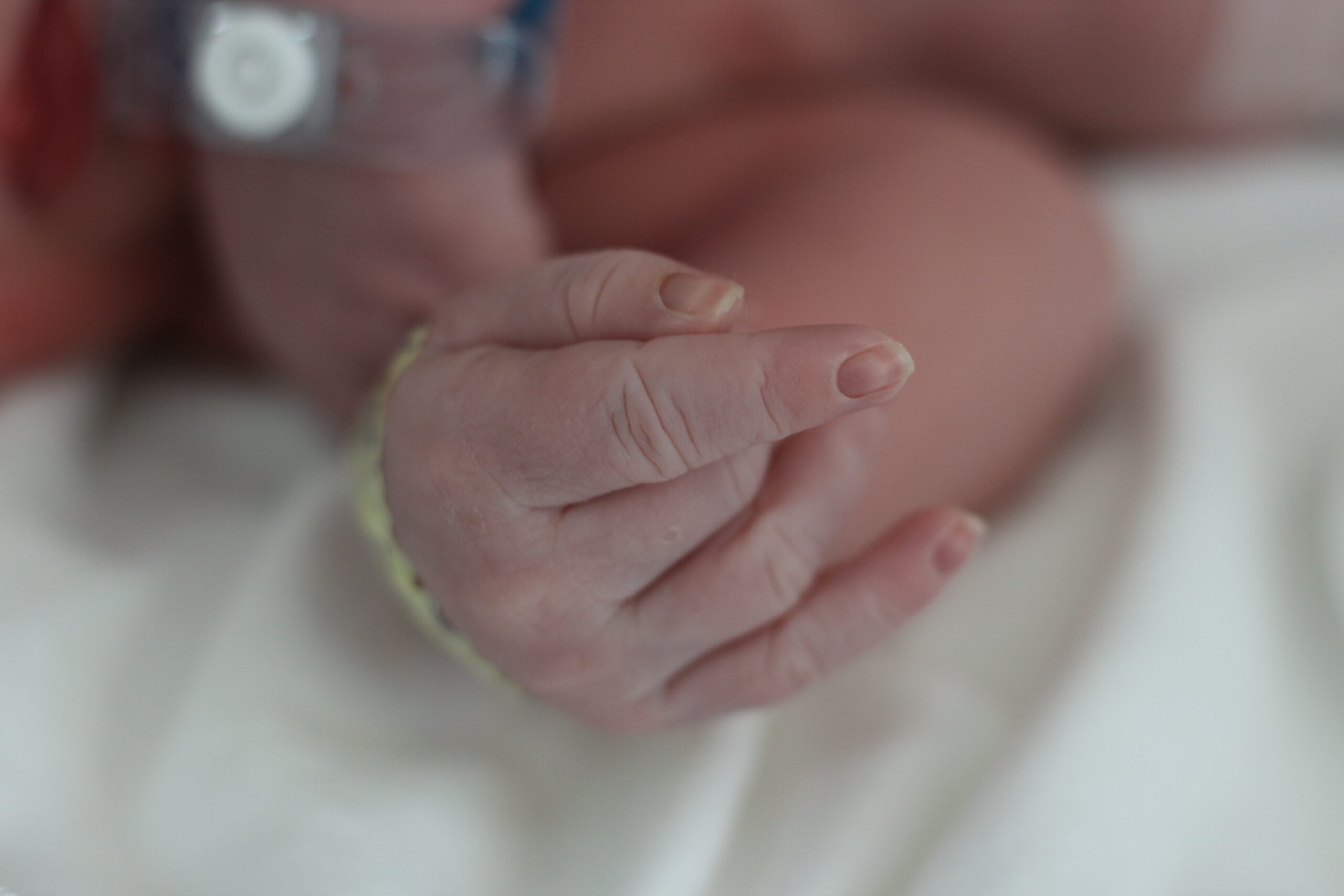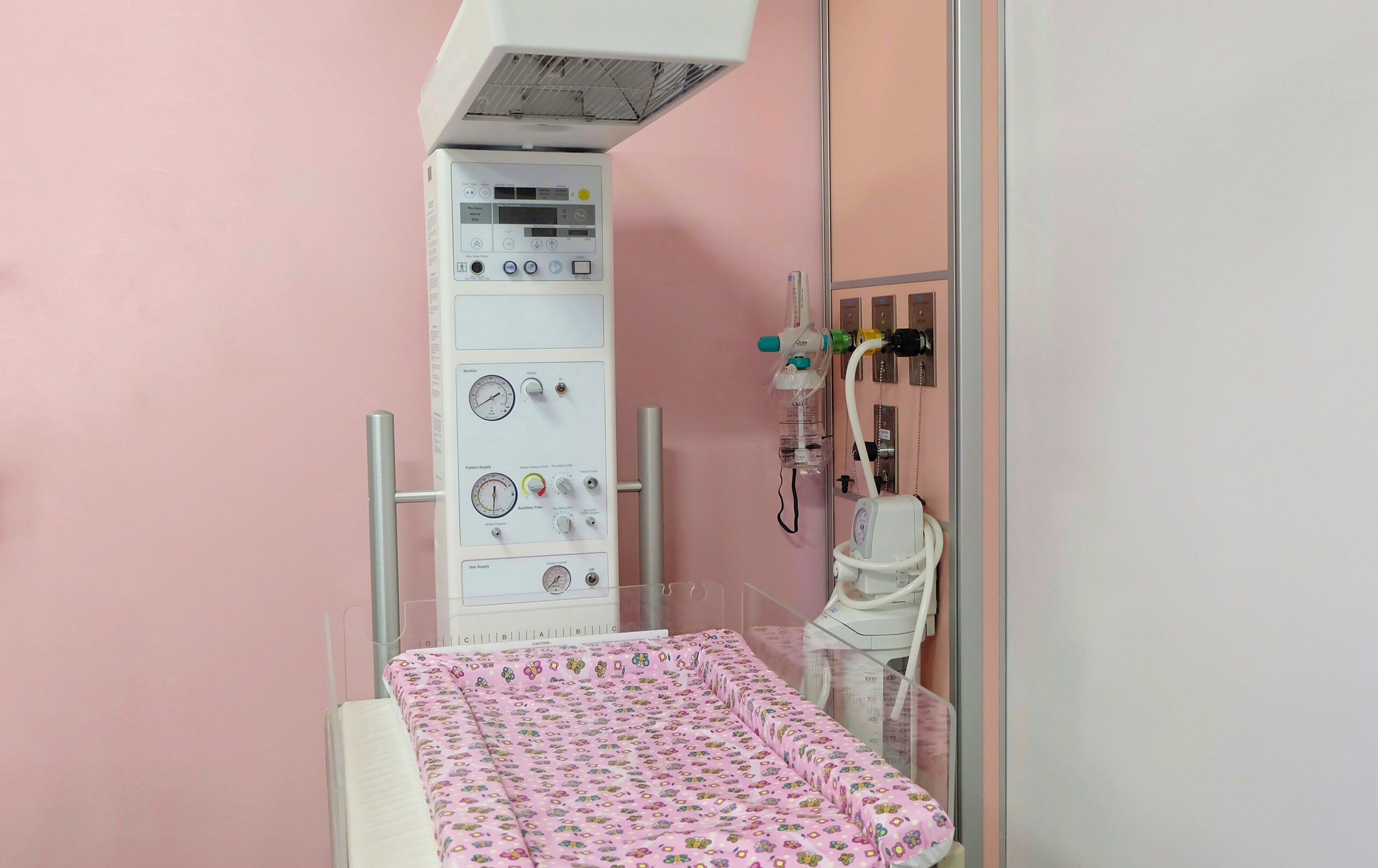The Neonatal Resuscitation Algorithm
Short Description
There is a single Neonatal Resuscitation algorithm that the clinician must understand. By following this algorithm, the team provides optimal care to the neonatal patient who requires resuscitation.
Algorithm at a Glance
- Pre-delivery: antenatal counseling, a team briefing, and an equipment check
- Neonatal team is present at the time of birth
- Rapid initial assessment
- Routine care proceeds in the event of a normal birth
- Stimulation of the infant as indicated by assessment
- Evaluation of the baby for apnea and bradycardia
- Airway management
- Monitoring of oxygen saturation with pulse oximetry
- Minimal routine suctioning
- CPR first, then epinephrine and volume expansion if not responding
- Heart rate is the most important indicator of response to resuscitation efforts
- Postresuscitation briefing
Related Video – Understanding the Neonatal Resuscitation Algorithm
Related Video – Neonatal Resuscitation 2021 Updated
Goals for Management
- A well-trained team is important for exceptional resuscitation.
- Oxygenation and ventilation are the priorities for infants needing support after birth.
- Increased heart rate is a primary goal.
- The umbilical vein is the preferred source of vascular access in the newly born.
- Prevention of hypothermia is critical.
- If the newly born does not respond within 20 minutes, the clinician and family should discuss other options.
- Postresuscitation care includes consideration for therapeutic hypothermia.
The Neonatal Resuscitation Algorithm
This algorithm guides the clinician when delivering neonatal resuscitation.
Neonatal Resuscitation Algorithm
Box 1: Antenatal Counseling, Team Briefing, and Equipment Check
The team determines what prenatal care the mother received and ensures that all necessary equipment is available for a possible resuscitation effort.
Box 2: Birth
The entire team assembles or has members readily available at the time of birth.
Box 3: Rapid Assessment
Using the mother’s history of the pregnancy and a tool such as the Ballard scale, the team determines if the baby is at term, if the muscle tone is good, and if the baby is breathing.
If the answer to all three questions is “yes,” the team proceeds to Box 4.
If the answer to at least one of the questions is “no,” the team proceeds to Box 5.
Box 4: Routine Care
If the baby is at term with good tone and is breathing or crying, the team allows the baby to remain in skin-to-skin contact with the mother. The team provides warmth and stimulation and monitors for changes.
Box 5: Increased Stimulation
If the answer to any of the three rapid assessment questions is “no,” the team moves the baby to a radiant warmer for possible resuscitation interventions. Team members warm the baby. They also dry and stimulate the baby to encourage breathing or crying. They open the airway and also suction the airway to clear secretions if needed.
Related Video – Understanding the Neonatal Resuscitation Initial Steps
Box 6: Apnea or Bradycardia?
The team evaluates the neonate for apnea or gasping and for a heart rate below 100 bpm.
Related Video – Understanding Infant Rescue Breathing
If none of these symptoms, the team proceeds to Box 14.
If one or more of the symptoms are noted, the team proceeds to Box 7.
Box 7: Initiate Positive Pressure Ventilation (PPV)
The team begins PPV. Since respiratory problems cause most neonatal issues at birth, early respiratory intervention can often revive the infant. A team member places the infant on a pulse oximeter and considers an ECG monitor if that will not delay PPV.

Positive pressure ventilation provides respiratory support if the baby is gasping or apneic.
Related Video – Understanding Bag Valve Mask Usage During CPR
Related Video – Can Infants Be Fitted With an Adult Ambu Mask?
Box 8: Heart Rate < 100 bpm?
If PPV results in a heart rate > 100 bpm, the team proceeds to Box 16 for postresuscitation care.
If PPV does not result in a heart rate > 100 bpm, the team proceeds to Box 9.
Box 9: Ventilation Corrective Steps
The team evaluates ventilation technique and chest movement to determine if simple adjustments are needed to improve breath delivery. The clinician may consider the use of a laryngeal mask or endotracheal intubation. A team member places a cardiac monitor.
Related Video – Understanding the MR SOPA Mnemonic
Box 10: Heart Rate < 60 bpm?
If the heart rate is 60 bpm or above, the team proceeds to Box 8.
If the heart rate is BELOW 60 bpm, the team proceeds to Box 11.
Box 11: Initiate High-Quality CPR
The team begins chest compressions at a rate of 100–120 per minute. The most qualified team member intubates the child, and the team provides synchronized compressions and PPV with a ratio of 3:1.
Related Video – Understanding Infant Landmarks
Related Video – Understanding Neonatal BLS
Box 12: Heart Rate < 60 bpm?
If the heart rate remains < 60 bpm, the team proceeds to Box 13.
If the heart rate is > 60 bpm, the team proceeds to Box 8.
Box 13: Administer Epinephrine
If the heart rate falls below 60 bpm despite adequate ventilation, the team administers epinephrine every 3 to 5 minutes. If the heart rate is persistently < 60 bpm, the team considers possible causes, including hypovolemia and pneumothorax. If the clinician can determine the cause, immediate treatment is implemented.
Box 14: Labored Breathing or Persistent Cyanosis?
Team members evaluate the neonate for labored breathing and persistent central cyanosis.

Cyanosis is a bluish skin discoloration due to inadequate oxygenation.
Box 15: Provide Airway Management
The team positions the infant to provide an open airway and suctions any mucous from the mouth and airway. Routine suctioning is not recommended. The team attaches a pulse oximeter to the infant’s right hand and provides supplemental oxygen to increase the preductal oxygen saturation according to the target saturation for the time after birth:
- 1 minute = 60–65%
- 2 minutes = 65–70%
- 3 minutes = 70–75%
- 4 minutes = 75–80%
- 5 minutes = 80–85%
- 10 minutes = 85–95%
If the team cannot achieve these saturations, they consider applying CPAP.
If the infant’s heart rate goes below 100 bpm, the team proceeds to Box 9.
Box 16: Post Resuscitation and Team Briefing
When the neonate is stable, the team begins postresuscitation care and conducts a team debriefing.
The Initial Assessment
The initial assessment corresponds to a decision point about whether the newly born can stay with the mother or must transfer to a radiant warmer for possible resuscitation measures. The team rapidly evaluates the baby to answer three essential questions:
- Term gestation?
- Good tone?
- Breathing or crying?
Key Takeaway
The initial decision point following birth depends on the answers to three questions:
Term gestation?
Good muscle tone?
Breathing or crying?

Radiant warmer.
If the answer to all three questions is “yes,” the baby can stay with the mother, and routine newborn care can begin. Routine care involves drying the newly born and placing them in skin-to-skin contact with the mother. The healthcare provider covers the baby with dry linen to help the baby maintain a normal temperature. The team must continually monitor the newborn’s breathing, activity, and color.
If the answer to any of the three rapid assessment questions is “no,” then the team moves the infant to a radiant warmer for possible resuscitation interventions. Interventions proceed in a specific sequence:
- Initial steps of stabilization
- Ventilation and oxygenation
- Chest compressions
- Epinephrine or volume expansion
The initial steps of stabilization include drying, warming, suctioning the baby, and opening their airway. The first minute after birth is known as the Golden Minute. Neonatal Resuscitation guidelines recommend that the team complete the initial steps of stabilization, reevaluate the newly born, and begin ventilation if required within the first minute.
The team must not delay the initiation of ventilation when indicated. PPV is the most critical step for successful resuscitation if the newly born does not respond to the initial steps. The decision to advance to PPV depends on two clinical signs: respirations and heart rate.
When the baby is apneic, gasping, or has a heart rate < 100 bpm after the initial stabilization steps, the team begins PPV. When the team delivers PPV or supplementary oxygen, they must monitor three vital characteristics: heart rate, respiration, and oxygen saturation via pulse oximetry. Heart rate is the most sensitive indicator of a successful response to each step.